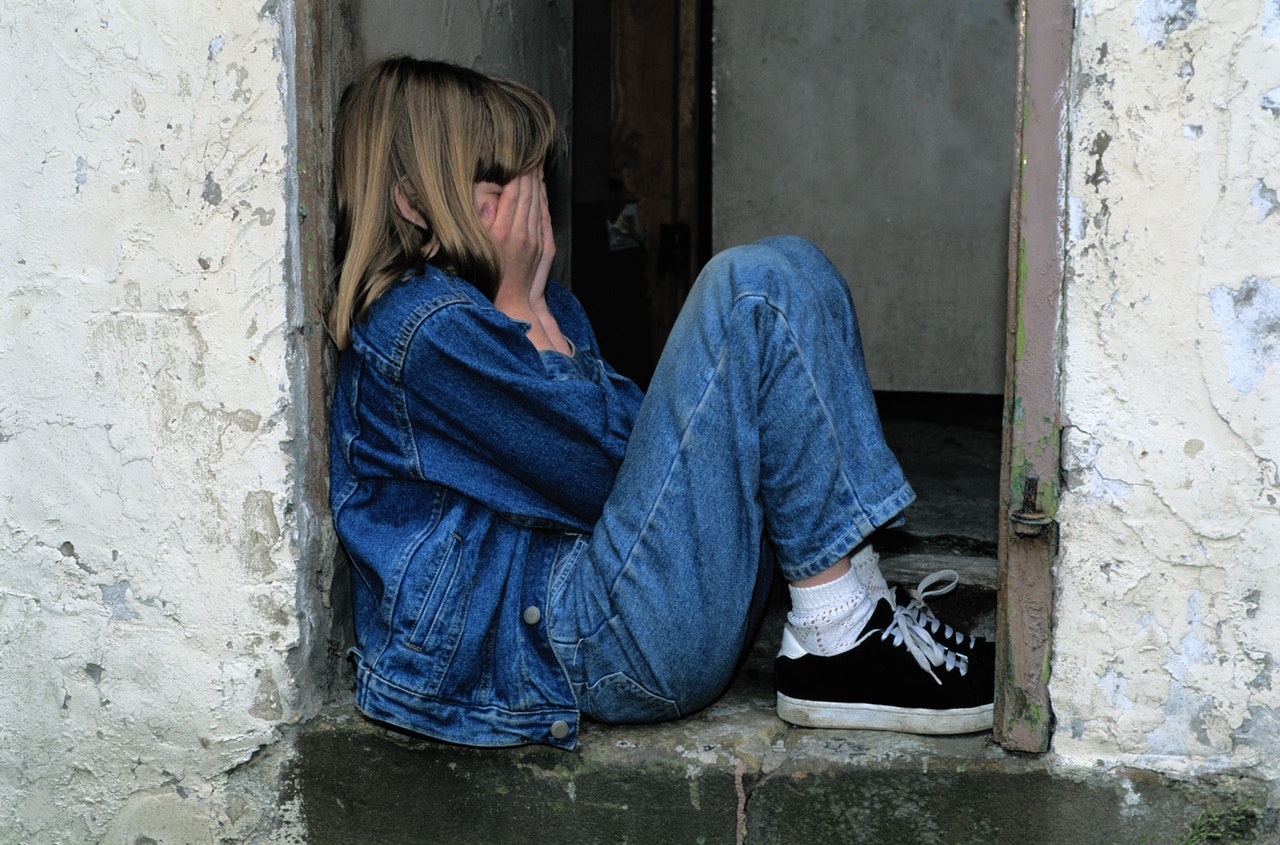Written by Anindita Guha Rungta Maulik, Author of “I have eczema…so what?”
“Stress” is a word all of us are familiar with. Yet, some of us may not realise that stress is completely normal and is even essential for survival in some forms. It is our response to stress that makes the difference between whether it affects us adversely or whether it can lead to personal growth, social connections or a more meaningful life. It is the same for stress in children as well.
Like everyone else, I have a close relationship with stress. Like everyone else, I did not have a choice in this matter. A few years back my 7-year-old daughter who was suffering from very severe eczema, was struggling under the effects of severe stress at a physical, emotional and social level.
As a family, we were reeling under the heavy burden of managing her physical health as well as her emotional health and self-esteem. It was then that I started to look for ways to help her deal with her stress levels and soon realised that I had to learn how to manage stress in a much healthier manner myself.
Initially, it was difficult to even accept at times that our life had changed quite a bit already and probably would change even more in the times to come. As we shuffled between doctors and various treatments, our lives became a never-ending struggle trying to figure out which medicines and which treatments would work for her. Eventually, I realised that I would most likely have to change the way we ate and the lifestyle we led (products that we used at home which contributed to her condition). We also had to give up a lot of our social outings since simple trips to the restaurant, travel plans and even family and social occasions became an issue with all the dietary restrictions. Our whole family was under a lot of stress at that time and our daughter was bearing the brunt of it. It was once I learned to accept the stressful situation and accept that it was a part of our life at that time that I began to make the changes that were required.
I incorporated mindfulness practices in my life first and then in my daughter’s life. Together we became more aware of our emotions, thoughts and our stress response. While our issues remained, we learned to look things a bit differently and it made all the difference.
It took courage, perseverance and compassion to look inside and accept all that was happening in our lives and transform our relationship with that level of stress. Today I would like to share what I learned with you both as a mother and as a certified Health Coach to help your children as well.
What causes stress in children?

Many of us may not realise that even babies and children get stressed and have similar physiological responses.
A baby is most likely to get distressed due to lack of attention, hunger, bodily discomfort, lack of touch/body contact with the parents/other family members.
Stress for babies and children comes from their parent’s own high-stress levels.
In young and older children, stress usually arises due to school-related issues, peer pressure, social media usage, lack of attention and affection from parents, lack of sleep and relaxation (which can buffer them from the modern pace of life), expectation from family, uncertainty or change at school or home, just to name a few.
It is common for both babies and children to develop stress from their parent’s own high-stress levels. This is true even for babies who can become stressed merely through the interaction with their mother without direct exposure to the stressor. Children are also likely to get affected in the same way since we are hardwired as humans to empathise with others at a very basic level. It is a kind of a survival mechanism which has served us very well over the course of human evolution.
Read a real-life account of how children can develop life-long emotional defences based on their infancy interactions with caregivers :
Regular sources of stress like overscheduling of activities and classes or excessively focusing on grades and test marks can be easily taken care of. However, there is much that can be done to redefine what we call “stress”.
We now know that how we think and how we act can transform our relationship with stress and the harmful effects of stress are no longer inevitable. There are obviously some types of stress like poverty, abuse and neglect that we cannot reframe or transform in the same way but most others can be.
Types of responses to stress:
The basic response to a stressor is usually “fight or flight” or “freeze and submit”. In the first response our body gears up to a threat (real or perceived) and there are physiological changes like a pounding heart, churning stomach and an urge to flee. Whereas in the second one we are liable to give up, turn inwards and shut everyone out. There is a third one that you may not be familiar with and that is “tend and befriend”. This response makes us pay attention to what we can do for ourselves and others. At the same time, it allows us to accept all that we are feeling at the moment without trying to change or avoid it. This enables us to reach out to others and ask for their support at times when we need it the most.
Keeping this in mind, we can guide and empower our children to make a few simple changes in the way they think about stress. This kind of intervention can go a long way in changing their relationship with stress by moving from a “fixed” mindset to a “growth” mindset. In case of babies, we can use the same intervention for ourselves which can make us be more present and attentive towards their needs thereby lowering their stress levels.

How can we help transform the response to stress in children?
- Empower them to see that being “stressed” means that they really “care” about something. It can mean that they “care” about getting good grades in school, being better at sports, making new friends or starting a new school.
- With challenges and uncertainties, children can feel their hearts pounding and stomach churning; they need to be told that it is completely normal and that others feel the same way too. They also need to reframe ‘stress” and understand that this is their body’s way of rising to a challenge and it can even have a positive outcome at times. For eg. getting good grades, winning a match etc.
- There is usually more than one way to deal with stress and it is more beneficial to focus on the root cause of stress rather than any perceived human failing. So if a child is stressed about an exam, it will help to focus on finding ways to study rather than thinking “I am a failure.”
- Teaching children to show compassion for themselves during times of stress can play an extremely supportive role by focussing on the meaning of stress rather than just the harmful impact of stress. It is very natural to feel self-criticism, shame and guilt when things go wrong but the act of cultivating compassion can go a long way in freeing them from their power.
- And last but not the least, mindfulness (or any other form of meditation and activities that lead to self-awareness) can go a long way in empowering your child deal with most kinds of stress. As they become more aware of their emotions (both negative and positive) and how it affects the body and vice versa, they are naturally equipped to change their relationship to stress in a healthy manner.
To sum it all up, stress does not necessarily have to have a negative connotation such that our children feel “threatened” by it. Reframing “stress” and looking at it differently can empower our children to change their mindset and thus enhance their response it.
As someone wise had said, “It’s not the load that breaks you down, it’s the way you carry it.”
Originally written by Anindita Guha Rungta Maulik and published at www.kidskintha.com


